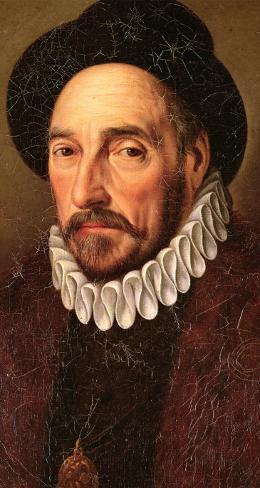
We often designate the 18th century as the Age of Enlightenment or the Age of Reason due to the pervasive confidence in rationality and the burgeoning optimism that distinguished the era. According to many virtuosos of rationalism, the possibility of mitigating all of our problems – social, psychological, and material – seemed not just feasible but inevitable.
Continue reading Nothing but Sophistry and Illusion


